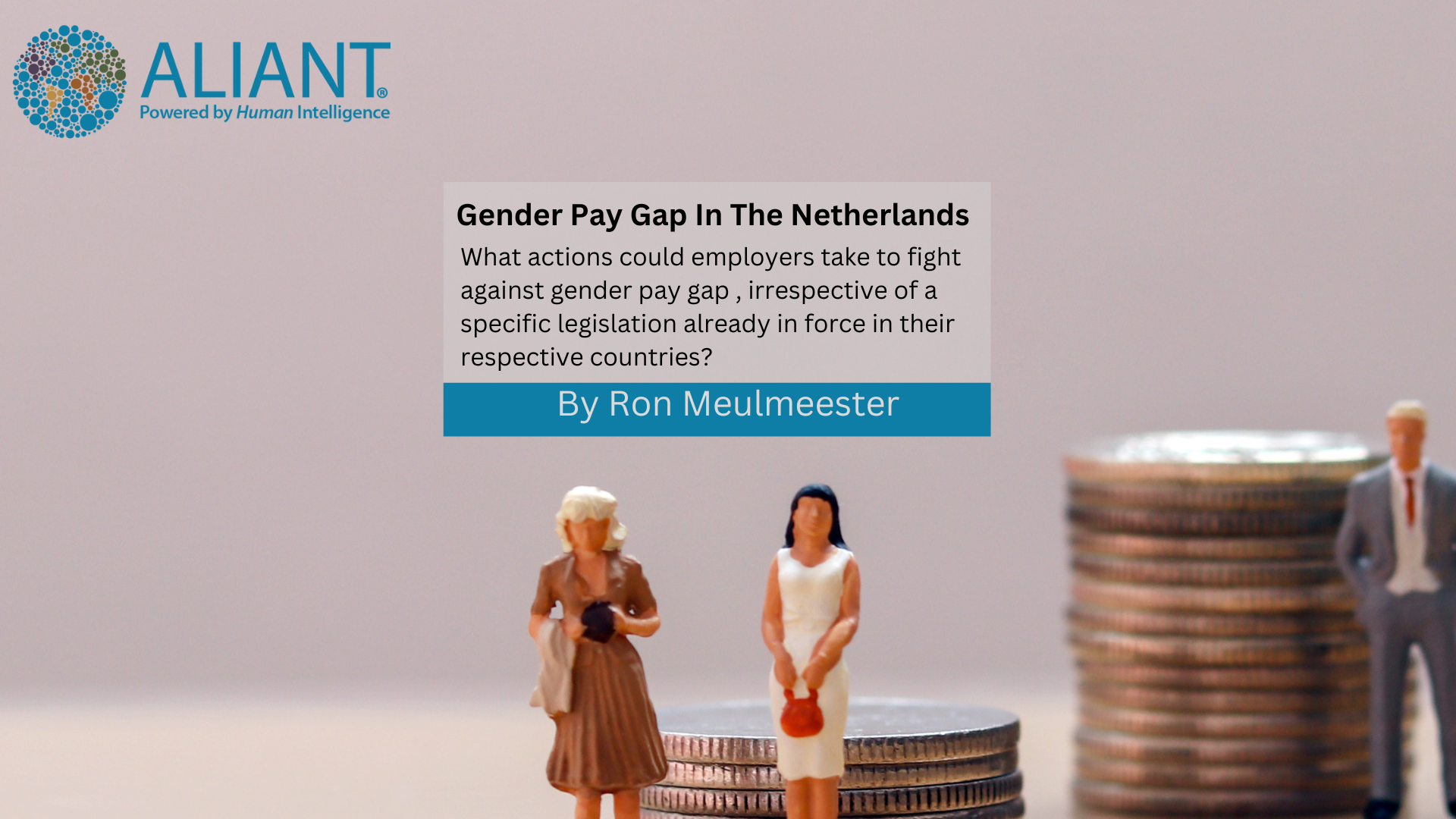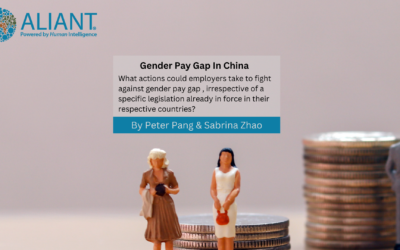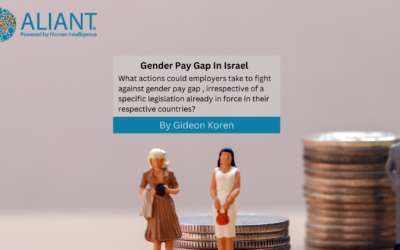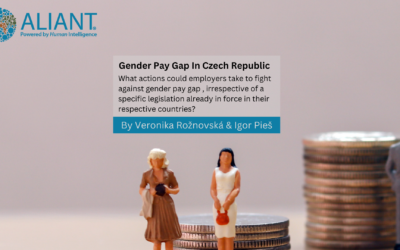Gender Pay Gap : Women in the Netherlands earned over 2020 on average 13 % (!) less per hourthan their male colleagues.
This gender pay gap has been narrowing only slowly in recent years, according to the national statistics Agency CBS “Monitor Wage Disparities Between Men and Women, 2020,” published ultimo 2022.
To discuss the broader inequality between men and women in the labor market, Social Affairs and Employment Minister Van Gennip announced a social dialogue. She wrote on “Equal Pay Day”, in a letter to the House of Representatives:
“We do need to talk about all aspects of the current inequality between men and women in the labour market,”
“The necessary cultural change is not going fast enough yet. In the social dialogue, I want to pay attention to the position of women in the labour market. The situation of families also plays a role in this. We want to know what challenges they face and what kind of support they receive in this at work or by the government.”
Still the norm in the Netherlands is that men are the main breadwinners and women focus more on care tasks and on unpaid voluntary work. This norm influences the behavior of men and women and the organizations in the labour market.
In the Netherlands more and more people, and especially women, work part-time than in other European countries.
For women, a better position in the labour market will lead to more economic independence and better career opportunities. Greater equality can also help address current staff shortages. In 2023 and 2024, the Dutch government wants to engage with citizens and employers in three phases. The goal is to identify the main bottlenecks and arrive at broadly supported solutions.
Targeted measures for greater equality
At the same time, the Dutch Government is taking targeted measures to achieve more equal opportunities for women. For example, a quota was established this year for more “women at the top” and young parents have been able to take partial paid parental leave for nine weeks since August 2022. In addition, pilots are being conducted in several sectors to increase the number of hours worked.
Legislation is also in preparation following the EU directive proposal on wage transparency. This is currently still being negotiated in Europe. The proposal includes the right to information for employees on whether they are paid equally compared to colleagues doing work of equal value. Further, the proposed directive requires large organizations to report annually on pay disparities
Today, Equal Pay Day in the Netherlands calls attention to equal pay. This day is on Nov. 14 because then 87 percent of the year has passed. So from this moment on, symbolically, women work for nothing for the rest of the year.
Some Facts and figures
At the Dutch government, women earned on average nearly 2 euros per hour (6 percent) less than men in 2020. In corporate business, this was nearly 5 euros per hour less (19 percent). Two years earlier, 2018, this difference in the Dutch government was 8 percent, whilst the difference in corporate business remained the same.
Although the year-to-year decline in gender pay gaps is small, for both business and government there has been a linear (straight-line) decline since 2008. These trends are statistically significant.
Thus, it is certain that the wage gap has declined over the period 2008 to 2020.
No more pay gap among executives in Dutch government
In government, the pay of women in leadership positions was no longer inferior to that of men in 2020. While this difference in government in 2008 was 3 euros, in 2020 there is no longer any difference. In business, female executives earn significantly less than their male colleagues. Moreover, this difference is decreasing only slowly. In 2008 the difference was 7 euros and by 2020 it had fallen to 6 euros, a pay gap of almost 20 percent.
Men are more likely to hold managerial positions than women. In the business sector, by 2020, 1 in 3 managerial positions were held by a woman. In government, at 2 in 5, this proportion is slightly higher.
Wage differences greater with permanent contracts than with flexible work
This time, for the first time, the Monitor examined the extent to which the wage gap between men and women differs by contract type. The adjusted wage difference is larger among people with permanent contracts than among people with fixed-term contracts. This is true for both business and government. In government, the adjusted wage gap between men and women on fixed-term contracts is not even significant. Among people on open-ended contracts, the adjusted pay gap is 4 percent in government and 9 percent in business.
Please follow these six part series and find out in Part IV what actions could employers in Czech Republic take to fight against gender pay gap.






